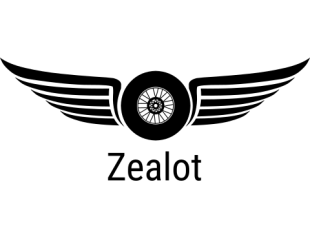Hi all:
Could use some advice with the attached layout. These are my “S” modules. They are 4’-0” x 2’-6” each. The bottom two lines tie into the two loops that run around the modular layout on everyone’s modules. The siding closest to these is intended for mostly freight operations. The upper siding is used for a barrel loading operation at right end, on the spur, and for a passenger station at the left end.
Where should I place my water tower and sanding tower? Position 1 looks good because I can work around activities that may be occurring on the rest of the tracks. Position 2 seems good because it’s in the middle of things and I can get into position if cars are blocking me from 3 of the 4 approaches.
Now, let’s see if I can actually get this picture posted, and it’s readable…
Thanks,
Ted
Could use some advice with the attached layout. These are my “S” modules. They are 4’-0” x 2’-6” each. The bottom two lines tie into the two loops that run around the modular layout on everyone’s modules. The siding closest to these is intended for mostly freight operations. The upper siding is used for a barrel loading operation at right end, on the spur, and for a passenger station at the left end.
Where should I place my water tower and sanding tower? Position 1 looks good because I can work around activities that may be occurring on the rest of the tracks. Position 2 seems good because it’s in the middle of things and I can get into position if cars are blocking me from 3 of the 4 approaches.
Now, let’s see if I can actually get this picture posted, and it’s readable…
Thanks,
Ted


